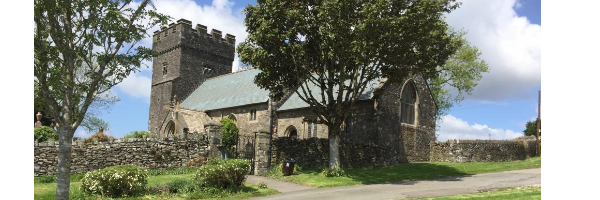My magical realism novel, River Witch is set in the late 19th century in the Forest of Dean and along the banks of the River Severn.
Much of the story takes place in an invented busy river port town, called Shiphaven. Shiphaven happens to have a steep and narrow main street, buildings running down to a wide river bustling with boats, barges and trows, and a very high tidal bore, and is based on the riverside village of Newnham-on-Severn.
Away from the busy town, across the fields where sheep glimmer white in the frosted moonlight, past the farm where my protagonist lived as a child, there’s another, very special place. This one is remote, secret, and quiet, except for the rustle of foxes and other mammals slipping through autumn leaves to drink at the stream, and birds singing in summer-clothed translucent beech trees. You have to make your careful way from a narrow track, up a short slope and down again into a little valley to reach this place.
I’m talking about St Anthony’s Well, near Littledean, here in the Forest – a place considered sacred for centuries. They say the monks at nearby Flaxley Abbey (founded 1148) built the original stone plunge pool. Shallow steps lead you into icy water flowing from the side of the valley via a square arch, through the pool and out again to tumble into a narrow stream falling down the hill into a wide marshy area.

The well is famed for its ability to cure skin diseases, including for dogs it seems. But this only happens in May, and you need to bathe at dawn nine days in a row. The waters also cure rhuematism if you visit on twelve consecutive days, descending one step the first day, two the second and so on to the bottom.
Surrounded by beech trees and far from any proper road, it’s a peaceful spot. One can easily imagine a hermit living there. None has been said to do so. While the well is named for St Anthony, a much venerated saint (including for the recovery of lost items), I needed my story’s well to be a place where spirits gather. So I borrowed a Welsh princess as my hermit, and renamed her St Ceyna. Hence, St Ceyna’s Well was born.
The real Welsh princess was Keyne, the youngest of twelve daughters of King Brychan of Brycheiniog (Brecon, so not far from me here in the Forest of Dean) who lived in the late 5th century. Beautiful, she had many proposals of marriage but refused them all, taking a vow of virginity and leading a religious life. She travelled widely, founding oratories here and there, but is best known for St Keyne’s well in Cornwall. Here, it is said, Keyne cast a spell so that whomever of man and wife first drank from the well once wed, that person would have the upper hand in the marriage.

Robert Southey penned a poem about this, which you can read here. The last verse reads
“I hasten’d as soon as the wedding was done,
And left my Wife in the porch;
But i’ faith she had been wiser than me,
For she took a bottle to Church.”
Clever wife indeed! I think she already had the upper hand.
St Keyne eventually returned to Wales and lived out her life by another well, one with healing powers. It’s thought this may be Llangeinor in Glamorgan where St Ceinwr’s Church dating from the late 12th c is possibly the location of her grave and the holy well, said to have had healing properties. St Keyne died about 510AD.

Her feast day is 8 October which is also my birthday. Very apt therefore that I stole a little of her for my novel.